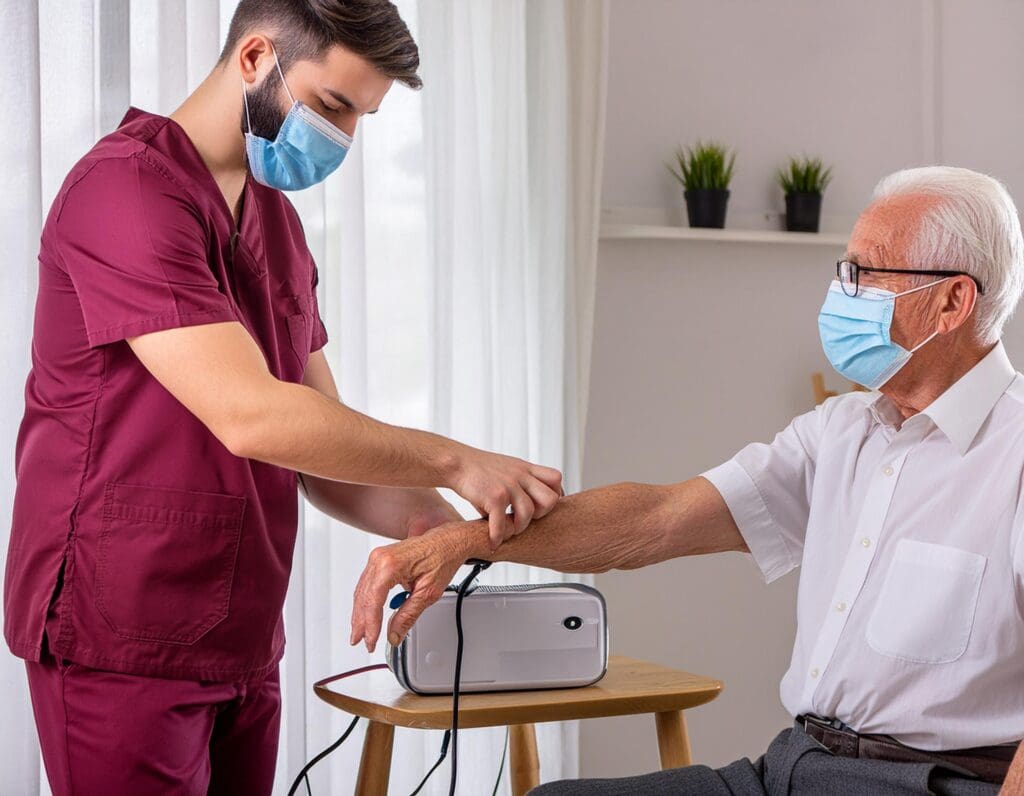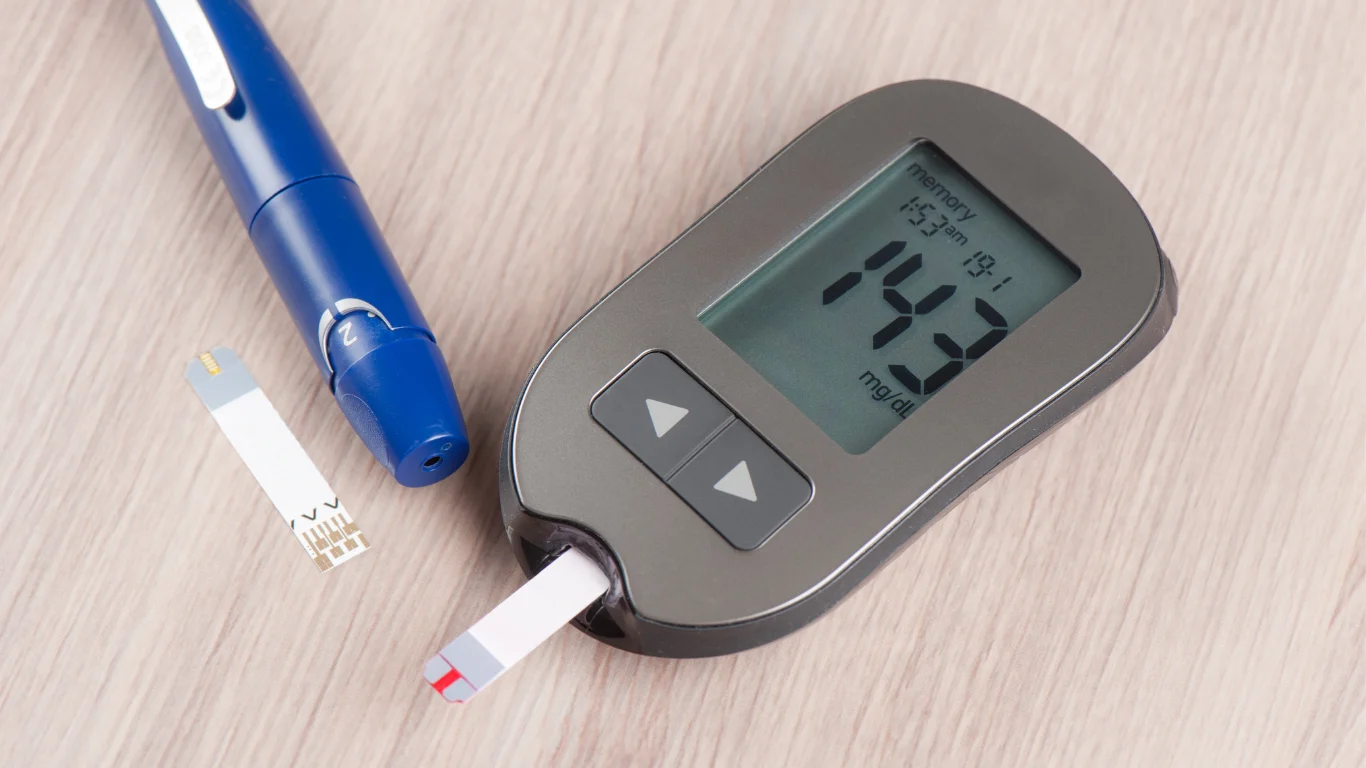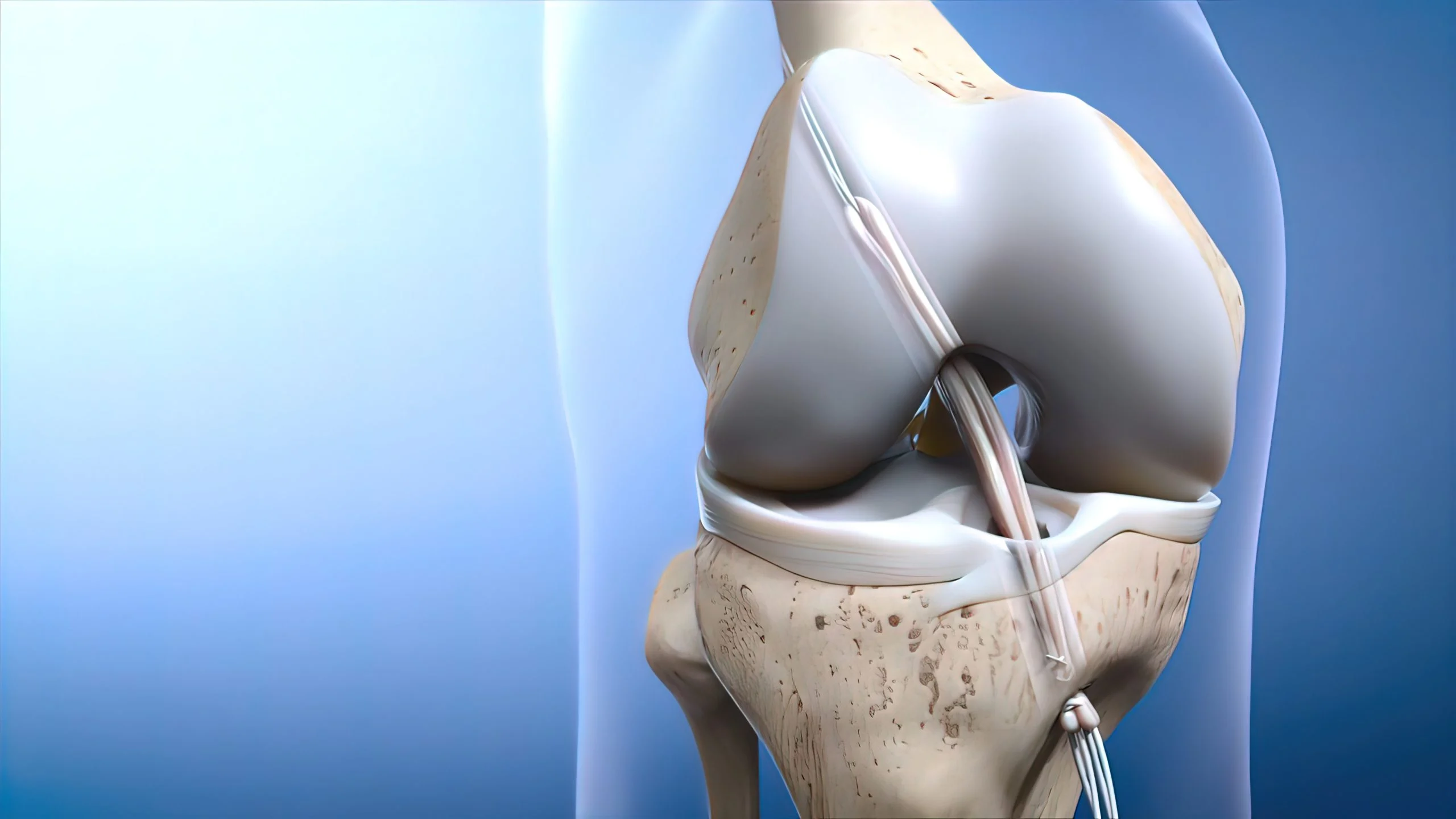Home-based physiotherapy is not just a service; it’s a tailored healthcare solution that brings professional care into the comfort and privacy of your home.
One unique aspect often overlooked in discussions about home-based physiotherapy is the psychological comfort patients derive from being in their own space. where patients can relax completely, free from the often intimidating ambiance of clinical settings.
Moreover, for a cosmopolitan city like Dubai, where lifestyles are diverse and the pace of life varies significantly across its population, home-based physiotherapy offers a customized approach that respects cultural nuances and personal schedules.
In essence, home-based physiotherapy in Dubai is not merely a logistical modification of healthcare delivery but a thoughtful adaptation to the holistic needs of modern residents. It signifies a shift towards a more empathetic, patient-centered approach to healing—where the treatment is not only about physical recovery but also about integrating care into the patient’s world, respecting their routines, cultural context, and personal space.
The Importance of Personalized Care in Physiotherapy
Tailoring Physiotherapy to Individual Needs
Personalized care in physiotherapy is more than a preference; it’s a necessity for effective healing and recovery. The effectiveness of personalized, home-based physiotherapy has been clearly demonstrated in various studies, including a notable one published in the Journal of Orthopaedic & Sports Physical Therapy.
This research underscores the significant improvements in patients who engage in both clinic-based sessions and structured home exercise programs. According to the study, the integration of home exercises not only complements the clinical efforts but significantly enhances overall recovery by addressing pain, function, and range of motion in patients with musculoskeletal conditions.
The advantage of personalized home physiotherapy lies in its capacity to be tailored to the specific circumstances and needs of the individual.
For more details, refer to the study here: Journal of Orthopaedic & Sports Physical Therapy.
Case Studies: Success Stories of Home Physiotherapy
Delving into specific case studies provides concrete examples of how tailored home physiotherapy has revolutionized treatment for individuals. For instance, consider a case involving a professional athlete in Dubai who suffered a knee injury. Traditional in-clinic sessions provided foundational recovery, but the introduction of a personalized home exercise program designed around the athlete’s specific needs and recovery goals allowed for a quicker and more complete return to sport.
Another compelling case is that of an elderly patient with arthritis who struggled with mobility and routine transportation to a clinic. By implementing a home-based physiotherapy program, the patient was able to perform exercises more frequently and with greater regularity, leading to improved mobility and a significant reduction in pain levels. These improvements were made possible by the physiotherapist’s visits, which not only guided the exercise routines but also adjusted them as the patient’s condition improved, demonstrating the dynamic nature of personalized care.
The success of these cases highlights several key factors cited by the aforementioned study, which contribute to enhanced healing:
- Increased frequency and duration of exercise: Home-based programs allow patients to integrate therapeutic exercises more seamlessly into their daily routines.
- Better adherence to the rehabilitation plan: Personalized plans that consider the patient’s lifestyle and preferences tend to have higher adherence rates.
- Ability to tailor exercises to specific needs and environments: Customized exercises ensure that the therapy addresses the patient’s unique physical conditions and living situations.
- Reduced barriers to accessing care: By eliminating the need for transportation and scheduling around clinic hours, patients are more likely to maintain consistency in their rehabilitation efforts.
These elements combine to create a compelling argument for the integration of personalized, home-based physiotherapy into standard care practices, particularly in urban settings where lifestyle diversity and personal preferences play a significant role in healthcare efficacy.
Advantages of At-Home Physiotherapy
Convenience and Comfort
The convenience of at-home physiotherapy cannot be overstated, particularly in a bustling metropolis like Dubai, where saving time is often as crucial as the treatment itself. This section explores beyond the basic convenience, delving into how the comfort of home can significantly enhance therapeutic outcomes—a subject often glossed over in traditional discussions on healthcare.
For many, the logistical challenge of traveling to and from a clinic can not only be time-consuming but also physically taxing, especially for those recovering from surgery or dealing with severe pain. Home-based therapy eliminates these hurdles, allowing patients to conserve their energy for healing. Moreover, the comfort of being in a familiar environment reduces anxiety, which can otherwise hinder recovery. Stress and discomfort are known to elevate cortisol levels, which can exacerbate inflammation and pain, thereby slowing the healing process. In the comfort of their own home, patients are likely to remain relaxed and receptive to treatment, promoting quicker recuperation.
Enhanced Privacy and Personal Attention
At-home physiotherapy offers a level of privacy that is impossible to achieve in a public clinic setting. This privacy is particularly appreciated in culturally diverse cities like Dubai, where patients may have specific cultural or personal preferences regarding healthcare. For instance, some individuals may prefer to receive treatment away from the public eye or in the presence of family members only, which can be more comfortably accommodated at home.
The one-on-one attention that at-home physiotherapy provides is another seldom-discussed advantage. In a clinic, a therapist might be managing multiple patients simultaneously, but at home, the focus is entirely on one individual. This undivided attention ensures that the physiotherapist can fine-tune their approach based on real-time feedback and subtle observations that might be overlooked in a busier setting. The therapeutic session thus becomes highly efficient, with treatments adjusted instantaneously to suit immediate needs—a nuanced benefit that enhances the effectiveness of each session.
Moreover, the personal connection that develops between a patient and a therapist in a home setting can significantly influence recovery. This relationship builds trust and a deeper understanding of the patient’s day-to-day progress, which is crucial for tailoring the treatment plan. The emotional support provided by a trusted healthcare professional in one’s own home is a critical component of healing that extends beyond physical therapy into the realm of mental and emotional well-being.
Integrating Holistic Approaches in Home-Based Care
One of the most overlooked aspects of home physiotherapy is the opportunity it presents for integrating holistic approaches into conventional treatment plans. For example, therapists can incorporate elements of the home environment into therapy, such as using household stairs for exercises that improve balance and strength or chairs and walls for supported movements. This not only makes the exercises more practical and relevant but also teaches patients how to utilize their home environment to facilitate ongoing rehabilitation.
Furthermore, home settings allow for the inclusion of other holistic practices such as guided relaxation techniques, yoga, or meditation sessions that complement physical therapy exercises. These practices can significantly aid in managing pain and stress, thus enhancing the overall healing process. Integrating these techniques into a patient’s routine is often more feasible and sustainable in a familiar home environment, where they can be practiced comfortably and incorporated into daily living.
In conclusion, at-home physiotherapy offers numerous unique advantages that extend beyond mere convenience. By providing care in a patient’s personal space, these services cater not just to physical healing but also to the psychological and emotional aspects of recovery. This holistic approach, enriched with personalized attention and the integration of familiar environments, underscores the transformative potential of home-based care in contemporary healthcare landscapes.
The Role of Environment in Healing
The Healing Power of a Familiar Environment
Conventional wisdom in physiotherapy often underestimates the psychological impact of the environment on recovery. Yet, the ambiance where one rehabilitates is not just a backdrop but an active participant in the healing process. In Dubai, where home aesthetics and comfort are highly valued, integrating the home environment into physiotherapy practices can be particularly effective.
A familiar environment, such as one’s home, naturally soothes the psyche, fostering a state of mental relaxation essential for physical healing. For instance, the presence of personal items, family members, and even pets can significantly elevate a patient’s mood and optimize physiological responses conducive to healing, like reduced blood pressure and lower anxiety levels. This notion challenges the sterile, impersonal settings of traditional clinics that may inadvertently evoke stress or discomfort, potentially impeding recovery.
Moreover, home-based therapy sessions allow for real-time customization of treatment based on the immediate environment. This could include using the architecture of the home itself to support exercises or adapting routines that integrate well with the patient’s daily life. This practice not only enhances the relevance of the exercises but also empowers patients to continue their rehabilitation independently, reinforcing the therapeutic interventions introduced by the physiotherapist.
Setting Up a Home for Physiotherapy
Preparing a home for effective physiotherapy involves more than just creating space for exercises; it’s about crafting a healing sanctuary that supports both physical and emotional recovery. This section can guide readers on optimizing their living space for therapy, such as organizing furniture to create a safe, functional area for movement and ensuring adequate lighting to uplift spirits and enhance safety. Additionally, incorporating elements of nature like plants or water features can enhance the therapeutic qualities of a space, promoting a more holistic healing environment. This proactive approach challenges patients to take charge of their healing process, transforming their living spaces into integral parts of their recovery journey.
Integrating Technology in Home Physiotherapy
Use of Advanced Technologies
While the use of technology in physiotherapy is not new, its application in a home setting often remains unexplored territory. In Dubai, where technological integration into daily life is ahead of many other regions, there is a unique opportunity to redefine physiotherapy through advanced technologies. Wearable devices that monitor movement and provide real-time feedback, apps that guide patients through exercises with augmented reality, and virtual reality setups that simulate controlled physical environments for safe practice—all these technologies can transform mundane home exercises into an engaging and highly effective component of rehabilitation.
This section proposes a shift from viewing technology as a mere adjunct to recognizing it as a central element in enhancing home physiotherapy. By integrating smart devices and software, patients can receive instant feedback on their performance, adjust their exercises in real-time, and maintain a level of engagement that mirrors the interaction with a live therapist. This approach not only enhances the effectiveness of exercises but also propels the conventional physiotherapy session into the realm of digital innovation.
Physiotherapy Techniques for Home Sessions
Common Techniques and Their Benefits
Typical discussions about physiotherapy techniques often revolve around their application in clinical settings. However, adapting these techniques for home use invites a significant paradigm shift. Techniques such as manual therapy, strength and flexibility exercises, and proprioceptive training can be effectively modified for the home environment, addressing the specific challenges and advantages it presents.
This section can delve into how techniques like self-myofascial release using household items or modified Pilates and yoga sequences can be tailored for home sessions. It also explores how these adaptations not only maintain the integrity of the therapeutic exercises but also enhance patients’ autonomy over their rehabilitation process. Encouraging patients to adopt these techniques independently challenges the traditional reliance on physiotherapists and promotes a more self-directed approach to health and wellness.
Overcoming Challenges of Home Physiotherapy
Addressing Common Concerns
While the benefits of home physiotherapy are extensive, so are its challenges. These can include space limitations, lack of professional supervision, and the potential for decreased motivation without the direct accountability a clinic provides. Addressing these concerns head-on challenges patients and therapists alike to think creatively and commit fully to the home therapy process.
This section will offer innovative solutions to these challenges, such as using virtual sessions to overcome the barrier of supervision and crafting small, dedicated spaces that are optimized for therapy. It also suggests building a supportive community, possibly through online platforms, where patients can share experiences and motivate each other, thus replicating some aspects of the communal benefits of clinic-based therapy.
By openly discussing and addressing these hurdles, this section not only provides practical solutions but also encourages a shift in perspective, viewing these challenges as opportunities for growth and adaptation in the journey of recovery.
Conclusion
As we explore the evolving landscape of physiotherapy, it becomes increasingly clear that the future of effective rehabilitation is not confined within the walls of traditional clinics but extends into the very homes of those in need. The integration of home-based physiotherapy offers a unique, personalized approach that not only respects but enhances the individual’s recovery process.
The transformative potential of at-home physiotherapy is supported by robust research, such as the study highlighted in the Journal of Orthopaedic & Sports Physical Therapy. This study articulates that “incorporating a well-designed home physiotherapy program can be a valuable complement to traditional in-clinic sessions, leading to better overall outcomes for patients recovering from musculoskeletal injuries or conditions.”
As we conclude, it is essential to recognize that while home-based physiotherapy represents a significant advancement in our approach to rehabilitation, it requires a commitment from both patients and healthcare providers to realize its full potential.
At Best DOC Home Healthcare, we are dedicated to pioneering these advancements, ensuring that every patient not only recovers but also regains their independence and quality of life with dignity and in the comfort of their own home. As we move forward, let us embrace these innovative practices with openness and optimism, transforming challenges into opportunities for growth and healing.














